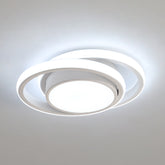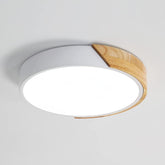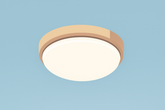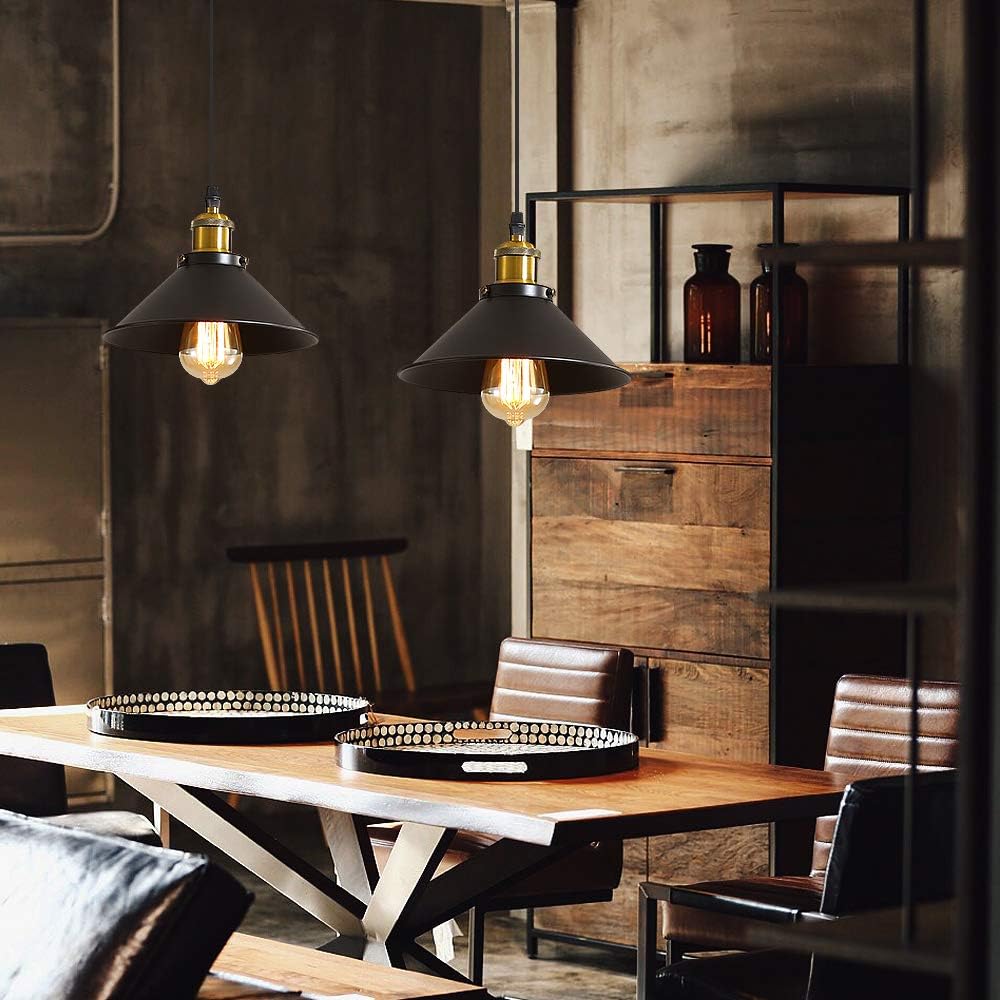How to Choose a Basic Plastic Ceiling Light: 3 Essential Tips to Avoid Low-Quality Options
If you really need to buy a basic plastic ceiling light — for example, as a temporary solution — apply these three essential tips to avoid choosing a poor-quality model.
1. Check the Material: Avoid Recycled Plastic, Choose “New ABS/PP Material”
High-quality plastic ceiling lights are labeled as “new ABS material” or “food-grade PP material.” The diffuser should be clear, clean, and free of impurities, with no dark spots or bubbles when held up to the light.
Avoid products described only as “plastic cover” or “acrylic cover” without specifying the material. These are often made from recycled plastic — soft to the touch, easily deformed, and prone to yellowing.
2. Check Certification and Craftsmanship: 3C Certification Is a Must
A reliable product will show the official 3C certification on its packaging or on the light body. The electrical design is safer and includes overload protection.
Inspect how the diffuser connects to the base: the gap should be uniform, without burrs, and the diffuser should stay firmly in place when pressed lightly. This reduces the risk of the cover falling off during use.
Turn on the light for a quick test: no visible flicker (film with your phone to check for rolling bars), even illumination with no dark spots, and no strong chemical odor.
3. Choose the Right Application Scenarios: Only for “Secondary Spaces”
These plastic ceiling lights are suitable for secondary areas such as storage rooms, balconies, corridors, or stairwells — places with low usage frequency and less demanding lighting requirements.
Avoid using them in bedrooms, living rooms, children's rooms, or any space where people spend extended periods. They are also unsuitable for kitchens and bathrooms, where humidity, heat, and grease accelerate aging and may create safety risks.














